PODCAST: Delayed Planting Impacts Soybean Growers
Soybean agronomist, Dan Davidson, shares his insights on the impact an unusually wet Winter and Spring will have on the 2019 planting and growing season.
Preparing Seedbeds for Soybeans
For much of the state of Illinois, planting has been delayed due to seemingly perpetual rain and wet conditions. Hopefully there will be a window of opportunity soon to get back in the fields and continue, or in many cases begin field work and planting. As the calendar keeps progressing it will be tempting to complete fieldwork and planting in as little time as possible and in less than ideal conditions. Don’t forget that conditions at planting will play a major role in maximizing yields for both corn and soybeans from that point on. Tillage and burndown herbicides In [...]
Buffer Requirements for Soybean Traits
Growers have more herbicide options than ever to fight the battle against resistant weeds in their soybean fields. With all the choices on the market today, it can become tedious to determine the differences between conventional, glyphosate tolerant, LibertyLink®, LibertyLink® GT27™, Enlist E3™ and Roundup Ready 2 Xtend® soybeans. There are many factors to consider before making a seed selection based on your specific fields and weed pressures. Many growers are trying to distinguish the differences between the use restrictions of the Roundup Ready 2 Xtend and Enlist® weed control systems. Both systems have buffer requirements that must be [...]
Should I change to an Earlier Maturity Corn Hybrid?
Every soybean producer in Illinois is also a corn producer. And one of the commonalities about farming in Illinois is that sometimes it will rain in the spring and delay or prevent planting. There comes a point in time that growers must decide whether to switch maturities or even switch crops (switching from corn to soybeans). There are several things to consider in that decision and the most likely is which will be most profitable. On average, hybrids will only lose one bushel for every 10 days of planting delay prior to May 10th. Planting dates after May 10th [...]
Is there a perfect soybean plant?
The question: Is there a perfect soybean plant and did you pick the perfect plant type this season? The answer: In today’s modern soybean production, I don’t know if we can say there is a perfect soybean plant, however, there is a perfect placement for every soybean plant style or type. Most modern corn hybrids have unique characteristics that are a result of combining two different inbred lines and it’s the dominance of the combination that will be visually expressed in a field. It’s these characteristics that may allow products to perform in different environments and soil conditions. Soybeans [...]
Saturated Soils and Yellowing Soybeans
It has been a cool and wet spring, which has led to ponded fields, saturated soils, and delayed field work and planting. The crop, once planted, will get off to a late start. If the weather turns and it gets dry and warm the crop will get planted and, hopefully, the rest of the season will remain ideal for the soybean crop to develop. However, if this rainy pattern continues through June, even if it abates for a week or two to allow planting, continued rain and cloudy weather will slow down development. And when soybeans are slow out [...]
New Uses for Soy Hulls
When soybeans are crushed, the three end products are oil, meal (protein) and hulls. And of the three, soy hulls have the least value. The crusher will blend some off in the meal and find other uses for them. But now science has found new uses, turning hulls into value-added products. A lot of hulls are produced annually. For example, the 2018 crop year is expected to crush over 2 billion U.S. bushels (120 billion lbs.), which will be a historical record. Soybeans contain 3 to 5 lbs. of hulls per bushel and a 2-billion-bushel crush (at 4 lbs. [...]
What’s Up with My Soybeans, Doc?
The 2019 planting season has certainly been one of the most challenging in recent memory. Cool, wet conditions have delayed planting in most parts of the state. With beans finally going into the ground, growers may be interested in the disease outlook for this season. Dr. Teri Hughes, plant health scientist with Bayer Crop Science says that plants are like people when it comes to fighting off diseases. They are generally pretty good at resisting infection, but anything that stresses the plant increases the opportunity for disease to take off. Poor soil conditions at planting or unfavorable environmental conditions [...]
Biological Use in Soybean Production
Biological products for soybeans are offered to growers from seed treatment, soil application and post applications all the way through to the reproductive stages. Biologicals, in general, are products created from natural solutions or synthetic equivalents. They can be broken down further into the use goal of the product: Biostimulants are used to enhance plant growth and development. These are often found in a seed treatment mix alongside a fungicide and insecticide to aid in stress tolerance and stand establishment. Biostimulants are the largest portion of the biological space with many options available to growers. Biopesticides are reduced risk [...]


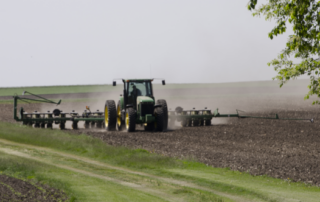
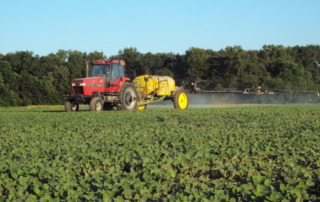
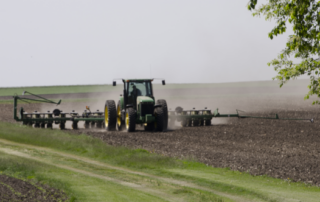
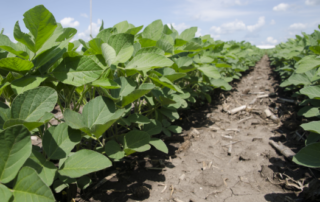
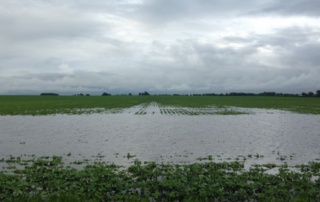
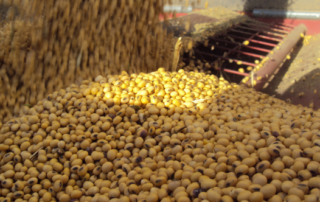
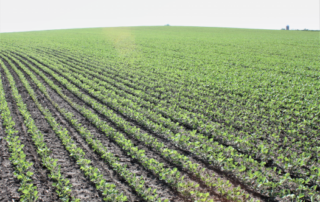
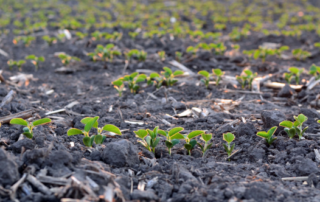

 and then
and then